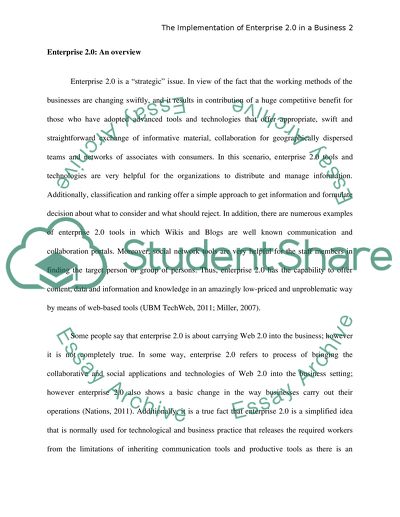Cite this document
(“Implementation of Entreprise 2.0 in a Business Research Paper”, n.d.)
Retrieved from https://studentshare.org/family-consumer-science/1417127-implementation-of-entreprise
Retrieved from https://studentshare.org/family-consumer-science/1417127-implementation-of-entreprise
(Implementation of Entreprise 2.0 in a Business Research Paper)
https://studentshare.org/family-consumer-science/1417127-implementation-of-entreprise.
https://studentshare.org/family-consumer-science/1417127-implementation-of-entreprise.
“Implementation of Entreprise 2.0 in a Business Research Paper”, n.d. https://studentshare.org/family-consumer-science/1417127-implementation-of-entreprise.


